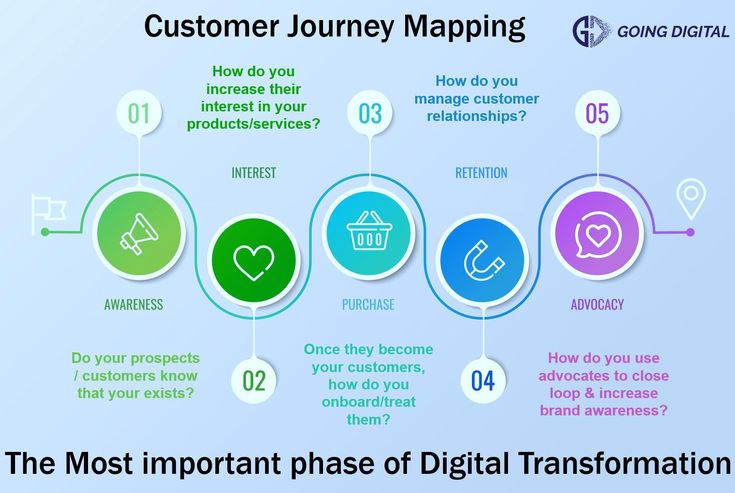
CRM and Customer Journey Mapping: Understanding the Path to Purchase
In today’s highly competitive business landscape, understanding and managing customer relationships is crucial for success. Customer Relationship Management (CRM) and Customer Journey Mapping (CJM) are two powerful tools that help businesses gain deep insights into their customers’ experiences and optimize their interactions throughout the buying process. This article explores the concepts of CRM and CJM, their importance, and how they work together to enhance the customer journey and drive business growth.
What is CRM?
Customer Relationship Management (CRM) refers to the strategies, technologies, and practices that companies use to manage and analyze customer interactions and data throughout the customer lifecycle. The primary goal of CRM is to improve customer service relationships, assist in customer retention, and drive sales growth. CRM systems compile customer data from various channels, including the company’s website, social media, email, phone calls, and more, to provide a comprehensive view of the customer’s interactions with the business.
Key Components of CRM
- Contact Management: CRM systems store detailed information about customers, including contact details, communication history, and preferences. This helps businesses personalize interactions and build stronger relationships.
- Sales Management: CRM tools assist in managing the sales pipeline, tracking leads, opportunities, and sales activities. This ensures that sales teams can prioritize their efforts and close deals more efficiently.
- Customer Support: CRM systems often include customer support features, enabling businesses to track and resolve customer issues promptly. This enhances customer satisfaction and loyalty.
- Marketing Automation: CRM platforms can automate marketing tasks, such as email campaigns and social media posts, ensuring that the right messages reach the right customers at the right time.
- Analytics and Reporting: CRM systems provide insights into customer behavior, sales performance, and marketing effectiveness through robust analytics and reporting capabilities. This data-driven approach helps businesses make informed decisions.
What is Customer Journey Mapping?
Customer Journey Mapping (CJM) is the process of creating a visual representation of the customer’s experience with a company, from initial awareness to post-purchase interactions. It involves identifying all the touchpoints where customers interact with the brand and understanding their thoughts, feelings, and actions at each stage of the journey.
Key Stages of the Customer Journey
- Awareness: The customer becomes aware of a need or problem and starts looking for solutions. This stage often involves research through various channels, such as search engines, social media, and word of mouth.
- Consideration: The customer evaluates different options and compares products or services. They may read reviews, seek recommendations, and engage with content that addresses their questions and concerns.
- Decision: The customer makes a purchase decision. This stage includes interactions such as adding items to a cart, contacting sales representatives, and completing the purchase process.
- Retention: After the purchase, the focus shifts to retaining the customer. This involves providing excellent customer service, addressing any issues, and encouraging repeat purchases through loyalty programs and personalized offers.
- Advocacy: Satisfied customers become advocates for the brand, sharing their positive experiences with others and influencing potential customers.
The Synergy Between CRM and Customer Journey Mapping
CRM and CJM are complementary tools that, when used together, provide a holistic view of the customer experience. Here’s how they synergize:
- Data Integration: CRM systems gather and store customer data from various touchpoints. This data is invaluable for creating accurate and detailed customer journey maps, as it provides insights into customer behavior and preferences.
- Personalization: By combining CRM data with customer journey maps, businesses can deliver personalized experiences at every stage of the customer journey. For example, CRM data can be used to tailor marketing messages and product recommendations based on the customer’s past interactions and preferences.
- Identifying Pain Points: Customer journey maps help identify pain points and friction in the customer experience. CRM systems can then track these issues and provide actionable data to address them, improving overall customer satisfaction.
- Optimizing Marketing Efforts: CRM analytics can reveal which stages of the customer journey are most effective in driving conversions. This information can be used to optimize marketing efforts and allocate resources more efficiently.
- Enhancing Customer Support: Customer journey maps highlight critical moments where excellent customer support is essential. CRM systems ensure that support teams have access to the necessary customer information to provide timely and effective assistance.
Conclusion
In an era where customer experience is a key differentiator, leveraging CRM and Customer Journey Mapping is essential for businesses looking to stay ahead of the competition. CRM provides the data and tools needed to manage customer relationships effectively, while Customer Journey Mapping offers a comprehensive view of the customer experience. Together, they enable businesses to understand, optimize, and personalize every step of the customer journey, leading to increased satisfaction, loyalty, and ultimately, business growth. By investing in these powerful tools, companies can build stronger connections with their customers and create lasting value.